HFN: How many revisions do you generally go through with your designs until you set on one for mass production?
RW: Typically, 3 to 6 batches of prototypes, particularly for new product categories. I am a perfectionist, so the tiniest problem or measurement issue must be resolved.
HFN: How did the idea of colour-coded feedback start for Hugo and Mojo?
RW: That came from John Franks – it’s actually a very neat solution to simultaneously control and display.
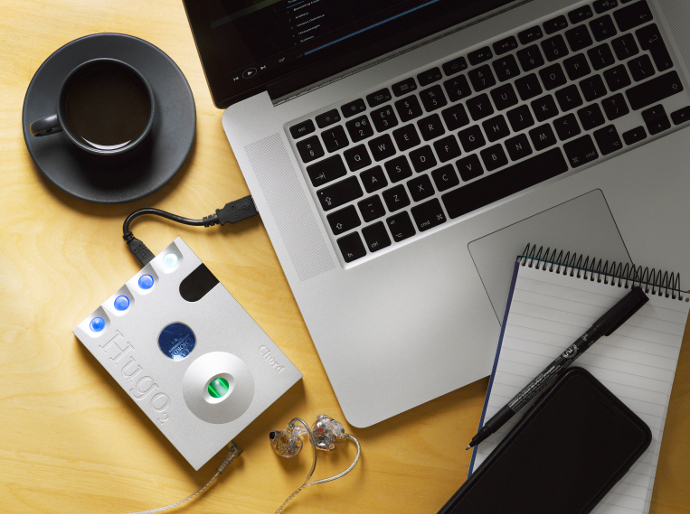
HFN: Is there a special product that drove you into designing your own?
RW: I guess you mean drove me into creating my own DAC technology? This would be the PDM 1024 DAC, which used parallel chip noise shapers with different dithered data. It sounded much better, but indicated that fundamentally better performance was possible.
HFN: Do you believe in the burn-in effect of electronics?
RW: Sure – it’s a useful source of finding out problems. When it has break-in, particularly when it is measurable, then you need to identify the cause and remove it. You then end up with much better performance, and no break-in or significant warm up too.
HFN: Do you have a guilty-pleasure DAC of a competing brand?
RW: No I am afraid not.
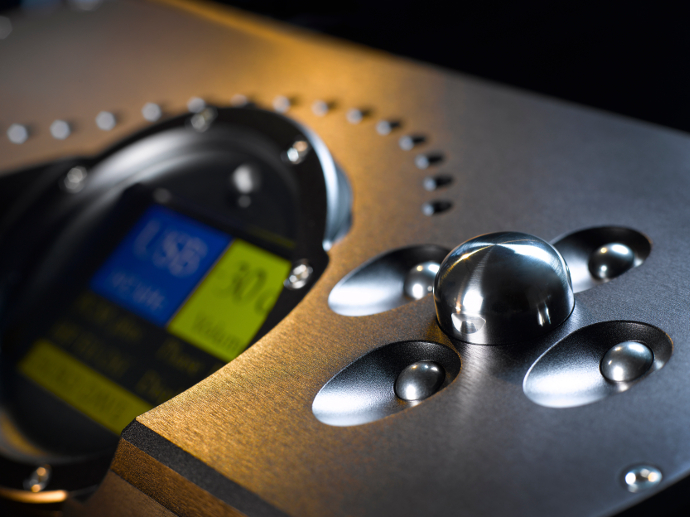
HFN: What was the most difficult product to design for you?
RW: All of them! That’s because it’s rare for me not to learn something new, which then gets applied onto new designs – so each new design builds upon the knowledge gained from 29 years of digital design work. But I guess there are two stand-out products – the first being Dave. This was a project I spent more time on than any other design – over 2 and a half years, and a huge amount was learnt too. The second product was the M scaler on Blu 2; partly because of the time (I envisioned needing 1,000,000 taps in the 1980’s) but partly because I was not expecting the transformational changes that I achieved with the design.
HFN: Is there any other field of audio you‘d like to explore?
RW: After perfecting the pro audio ADC technology, then digital crossovers and loudspeakers I guess.
HFN: It‘s like beating a dead horse, but are there any plans for a Rob Watts coded digital audio player? People would go crazy about it…
RW: I guess Chord would get upset if I answered one way or the other!
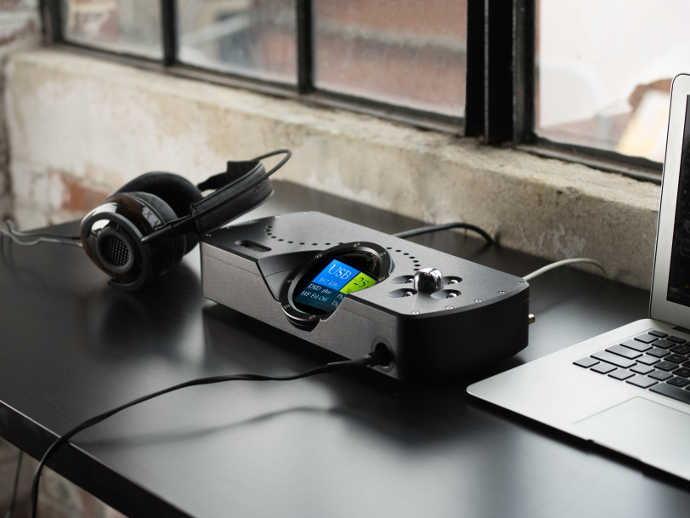
HFN: What is your personal favourite DAP? Headphone? Earphone? Please explain why.
RW: Currently Mr Speakers Aeon. They are fantastically transparent with outstanding soundstage precision. My second fav HP is Audioquest Nighthawks, which are warmer than the Aeon, but not as transparent. I love the Noble range of IEM’s – but I simply can’t get on with IEM’s in my ear. When I listen with hreadphones it is often for 8 hours or so, so comfort is a crucial factor.
HFN: Do you have a favourite album?
RW: Thousands of favourites! But my favourite genre is classical, and favourite composers would be Hildegard Von Bingen, Vivaldi, Scarlatti, Biber, Hayden, Handel, Rimsky Korsakov, Shostakovich, Vaughn Williams, Elgar, Glass, Zimmer and Gorecki. In terms of performers Oistrakh, Richter and Jacqueline du Pré really stand out for me.
Thank you very much Rob for this insightful and great interview, it’s been very interesting. We can’t wait to see more products featuring your technology!







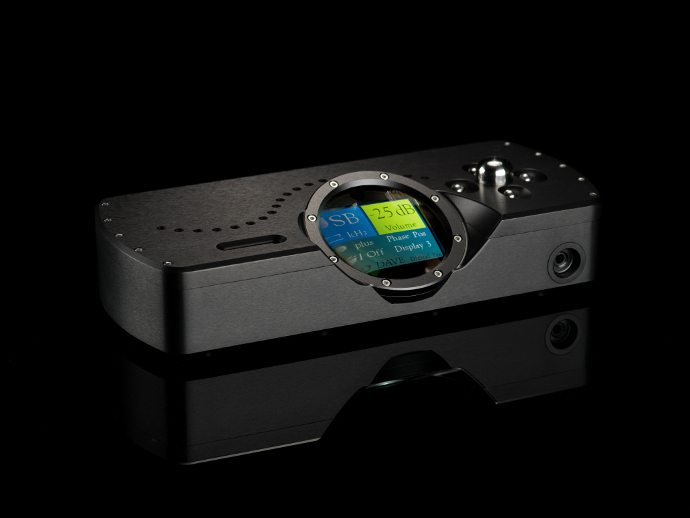
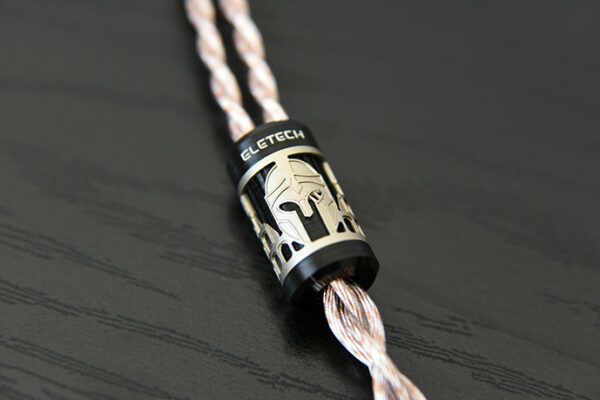
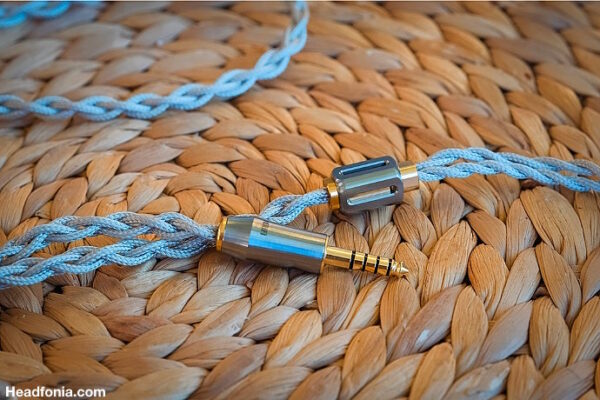
Bots
It seems like Rob was thinking of something else in the question about burn-in. He talks about burn-in in terms of a problem to be solved, rather than what the interviewer was (presumably) asking–i.e. whether or not an earphone or player’s sound quality changes/improves over time through continued use.
Linus
True, I tried to get him to say wether or not he believed in Burn-in (sq changes over time), but honestly, I like his answer a lot.
What he says is, that the break-in effect is only there because one component is not behaving like it should, and therefore is an error in the design. Take it out and you’re left with better gear.
peter jasz
Mr. Watt’s work is fascinating for a couple reasons.The first being the resultant superb sound quality of his DAC / Up-sampling designs.
The second reason is crucial; both amazing, and telling.
Mr Watt’s is a passionate listener/ music lover. He actually ‘listens’, as opposed to turning a naive (and deaf) eye/ear -lol to anything outside what popular belief / spec’s say; something that plagues product offerings from the likes of men such as Benchmark’s chief designer, and in all honesty a litany of other manufacturer’s who view “specifications” as the Last Word when it comes to technical design who neither have the time, inclination or basic desire to listen. Ask anyone at all, about loudspeakers, amps, headphones DAc’s etc., and they ultimately wish to know the most basic thing of all: “How does it sound?”.
To think there are company’s who don’t even listen (carefully/critically to their wares is almost to absurd to believe,. Yet, it’s true.
No greater example (arguably) of this ‘indifference to “listening tests/subjective evaluations” than Benchmark’s lead designer, Mr. John Siau -a well-known, so-called “Objectivist”. If it doesn’t say so on the spec sheet it just ain’t !! (??)
Such company’s products simply fail to make waves or a lasting impression on listener’s for they care NOT to investigate any further that what bad, old/antiquated schooling has taught them. And it more often than not shows in their product.
What is thought to be known as irrefutable fact -is anything but,when it comes to seeking higher and higher levels of understanding. These ‘Old Dogs” belong in an era that is quickly disappearing. There is so much more to learn.
And that’s what distinguishes brilliant designer’s/thinkers such as Rob Watts/Chord (DAC’s). from so many others.
The first time I heard a Chord DAC was in/around 2004 -I guess it was Chord’s DAC-64?
I worked at a hi-fi retail store (that carried excellent gear -but not Chord) and was taken aback upon listening to that brilliant DAC. It was fast, open, transparent, clean -and musical. As I relayed to the customer (Mr. Smith are you listening/hearing this? lol)
And that was 15-years ago !
,
If anyone has Mr. Rob Watt’s business contact information, please forward. (I can’t seem to find his own company -not Chord Electronics.
Anyway, back to Chord/Watt;s DAC’s: Great stuff that other manufacturer’s should learn from.
I look forward to sampling Hugo 2, Qutest, and M-Scaler. A lifetime of passionate, sensible work went into several crucial/critical elements of Watt’s circuits/chips that Mr. Frank’s/ Chord Electronics has smartly employed -and to great commercial/critic success to confirm. Nicely done.
peter jasz